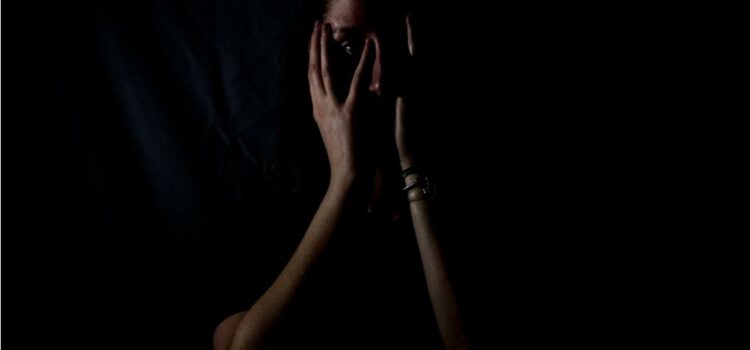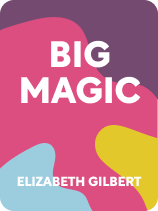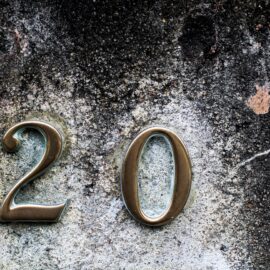

This article is an excerpt from the Shortform book guide to "Big Magic" by Elizabeth Gilbert. Shortform has the world's best summaries and analyses of books you should be reading.
Like this article? Sign up for a free trial here .
What is the connection between fear and creativity? How do fear and anxiety affect the creative process?
According to Elizabeth Gilbert, the author of Big Magic, fear is an inherent element of creativity. This is because fear’s main purpose is to protect us in situations of uncertainty, and, unfortunately, the creative process is full of uncertainty.
Here is how you can embrace your fear of creativity and create nonetheless.
Accept Your Fear
One of the first things you must do as you begin your creative journey, says Gilbert, is find a way to manage your fear. She believes fear is omnipresent when we are trying to be creative.
(Shortform note: There is a specific condition called “fear of the unknown,” or FOTU, which seems to be the type of fear Gilbert talks about here. The anxiety generated by fear of the unknown may be the scientific explanation for why we pull away from creative projects: When we’re burdened by worry about how a project might turn out, the easiest choice is often just to drop the project. FOTU may underpin all human anxiety and neuroticism—mental events that can make it impossible to simply function in daily life.)
However, fear is not useful in the creative realm, writes Gilbert. Despite this, she doesn’t advocate ridding yourself of fear entirely. Fear, and its function of keeping us safe in uncertain circumstances, is essential to our daily survival and well-being.
(Shortform note: Gilbert’s view of fear as a life-saving instinct may not reflect the full picture of how fears arise. Some theories suggest that fears develop in several ways and that some don’t keep us alive: Traumatic, albeit non-life-threatening, experiences can spawn fears that don’t serve us. A painful social experience in middle school, for example, can leave you with social anxiety that isolates you as an adult. Also, certain personality characteristics can make us more likely to develop phobias, which don’t actively protect us from real threats. A phobia of needles is unlikely to benefit your survival, for instance.)
Ways to Deal With Fear
To deal gracefully with fear of creativity, Gilbert suggests you take the following steps:
- Acknowledge that fear is an inherent part of the creative process. Your brain is not wired to allow you to be creative without being fearful.
- Make space alongside your creativity for your fear, so that they can comfortably coexist. Treat fear as a friend.
- Don’t allow yourself to make any decisions based on fear. While fear may be present, it should never be the driving force for anything you do on your creative journey. Allow your courage to drive your decision-making, while fear just watches.
(Shortform note: In contrast to what Gilbert recommends here, fear may at times be helpful in your decision-making because it forces you to think through choices prudently and thoroughly. That said, fear shouldn’t be the only reason you make decisions, as being totally led by it can be harmful. For instance, when you can’t learn the full context around a choice, you may make a snap decision purely from a place of fear. You’ll probably end up regretting your decision, as the negative feelings that led you to make it typically decline afterward.)
| Make Space for Fear Gilbert recommends acknowledging and making space for your fear but doesn’t offer specific suggestions on how to do this. Here are some concrete tactics to come to terms with fears around creativity: Practice mindfulness. Mindfulness allows you to accept what is going on in your mind and body rather than struggle with it. It is not a way to learn to approve of something that you don’t like about yourself, but rather a way to achieve a clarity of vision that allows you to accept your fears and let them be. Label your fear. This gives shape to the fear so that you can see it clearly. You may discover that an amorphous feeling of dread around creativity is actually a fear of what a specific friend might think of you for creating something. Labeling your fear may reduce its potency. Try to think long term. If the thing you fear comes to pass, will the impact still last a month or two months out? Or would the worst-case scenario merely be a blip in the grand scheme of your life? Learn. Educate yourself around the thing you fear. Perhaps your fears are based on faulty information about what that thing involves. |

———End of Preview———
Like what you just read? Read the rest of the world's best book summary and analysis of Elizabeth Gilbert's "Big Magic" at Shortform .
Here's what you'll find in our full Big Magic summary :
- Why integrating creativity into your daily life will make you feel more fulfilled
- Why creating for money is a form of self-sabotage
- Why you should never focus on external validation of your creations






